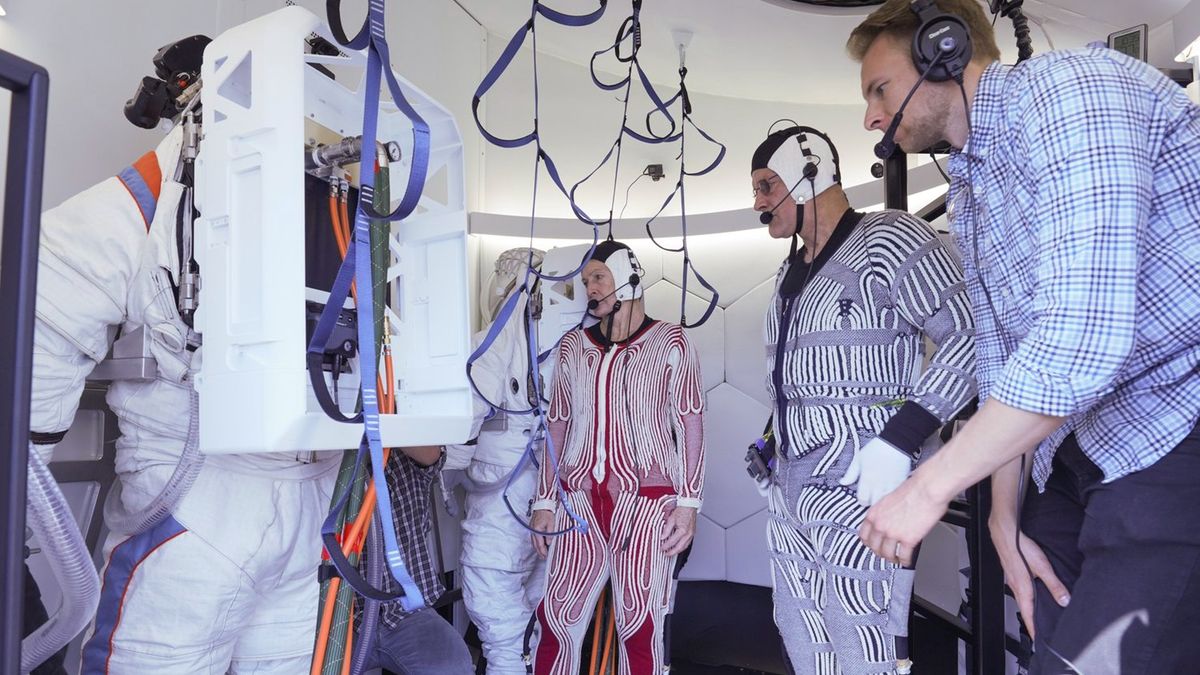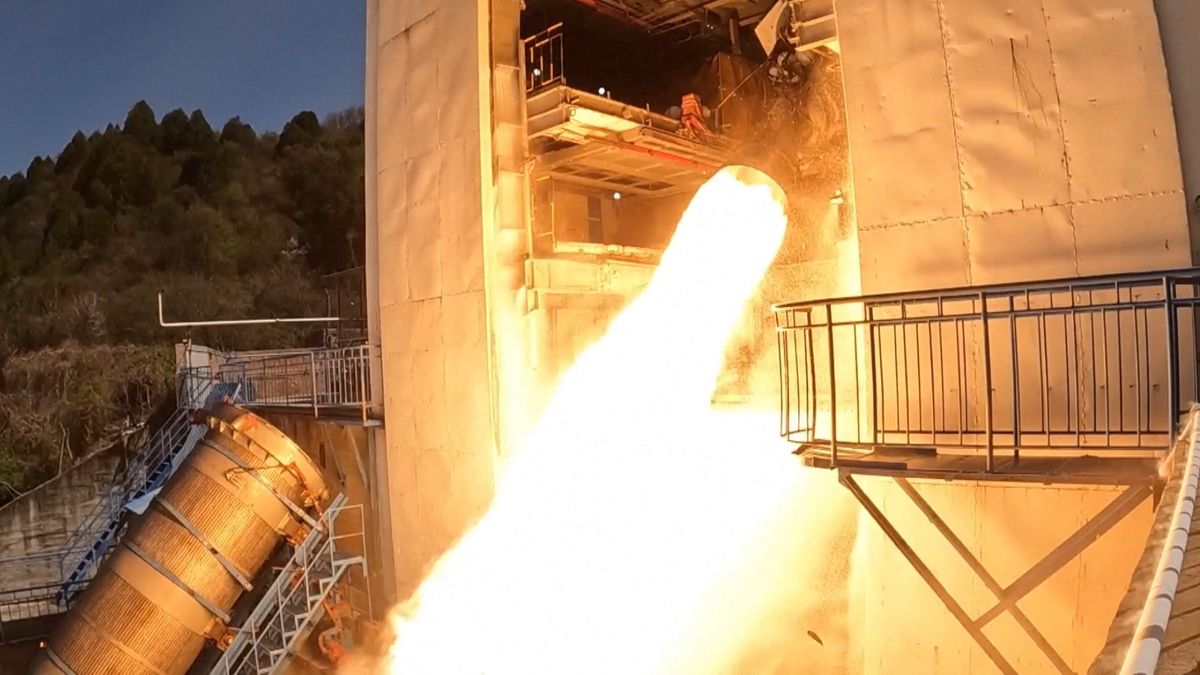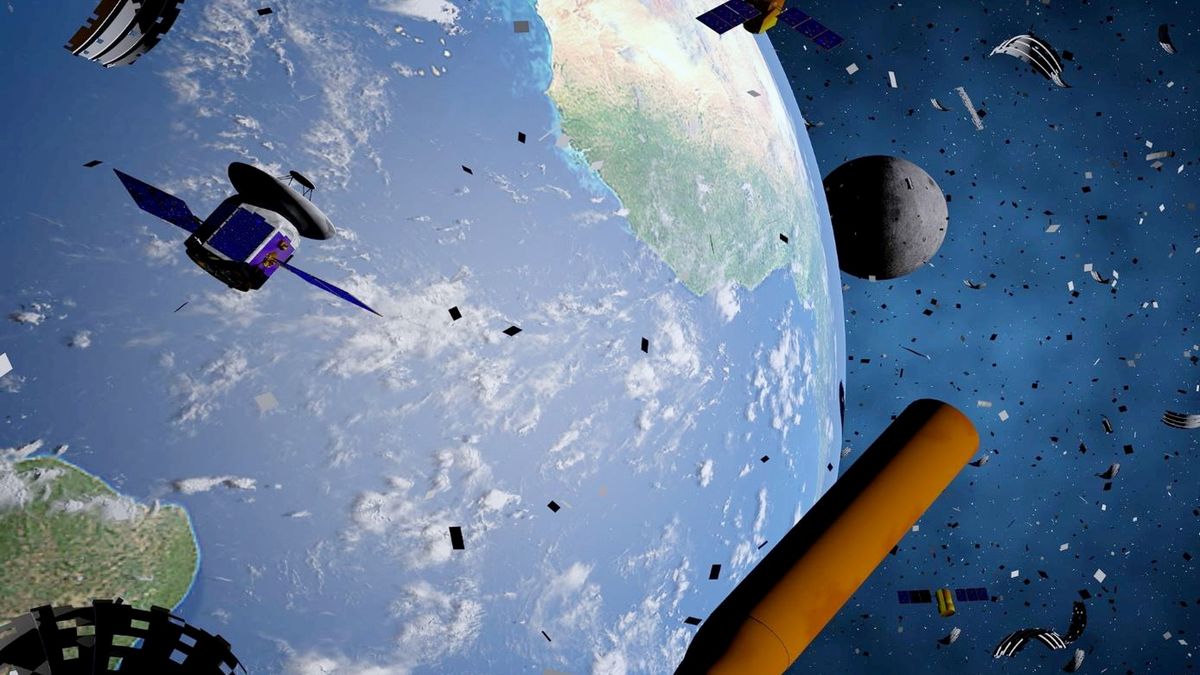Preparing for Humanity’s Return to the Moon
Come 2026, NASA plans to land humans on the moon for the first time since 1972. The mission, known as Artemis 3, represents a significant leap in space exploration. As technology has evolved, so have the tools at our disposal. New rockets, spacecraft, and spacesuits are being developed to make this dream a reality.
Testing the Equipment
In late April, two astronauts participated in a crucial test for the Artemis 3 mission. They wore Axiom Space’s latest spacesuits and tried out a mock version of the vehicle that will transport them to the moon. This test, the first of its kind since the Apollo era, aimed to evaluate how well the spacesuits interacted with SpaceX’s Starship Human Landing System (HLS), the chosen vehicle for the mission.
The test provided valuable feedback on the spacesuits’ performance, including their flexibility and ease of use. It also allowed engineers to assess the layout and design of the HLS. According to a NASA statement, the three-hour test took place at SpaceX’s headquarters in Hawthorne, California.
Impressions from the Test
Peggy Whitson from Axiom Space and NASA’s Doug Wheelock participated in the test. They practiced entering and exiting the spacesuits in a full-scale mockup of the airlock. The astronauts also interacted with a control panel to ensure its usability with gloves on. Logan Kennedy, lead for surface activities in NASA’s HLS Program, expressed satisfaction with the astronauts’ performance.
“The test confirmed that the amount of space available in the airlock, on the deck, and in the elevator are sufficient for the work our astronauts plan to do,” Kennedy stated.
Next Steps
Following the successful test, NASA and Axiom are moving forward with the spacesuit design. Axiom’s spacesuit, the Axiom Extravehicular Mobility Unit (AxEMU), is intended for both in-flight and lunar surface use. The company is progressing towards a critical design review phase later this year.
“Integrated tests like this one are crucial to ensure systems operate smoothly and are safe for astronauts before they take the next steps on the Moon,” said Amit Kshatriya, NASA’s Moon to Mars program manager.
Challenges and Delays
While progress is being made, challenges have led to delays in the mission. Issues with the Orion spacecraft’s systems have pushed back the expected landing to September 2026, a year later than initially planned. However, NASA remains committed to launching when all systems are ready.
“As we prepare to send our friends and colleagues on this mission, we’re committed to launching as safely as possible,” said Jim Free, NASA’s associate administrator.
Image/Photo credit: source url





